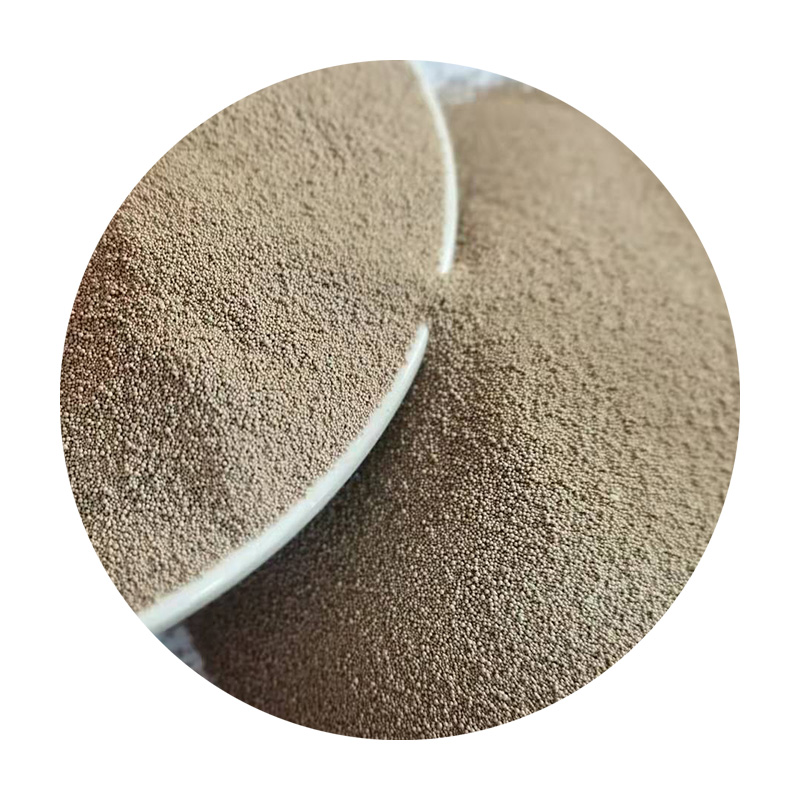Sand Casting of Steel An Overview
Sand casting is one of the oldest and most widely used metal casting processes, which involves pouring molten metal into a sand mold to create a desired shape. Particularly, steel casting using sand molds has gained popularity in various industries due to its adaptability, cost-effectiveness, and ability to produce complex geometries. This article explores the sand casting process for steel, its benefits, applications, and considerations.
The Sand Casting Process
The sand casting process begins with creating a pattern, typically made from wood, metal, or plastic, that reflects the final product’s shape. This pattern is used to produce a mold made of sand mixed with a binding agent, such as clay. The mold halves are formed around the pattern, and once the pattern is removed, a cavity is left that mirrors the desired part.
Next, molten steel is prepared by melting scrap metal in a furnace, which can be fueled by electricity or gas. The steel is heated to temperatures around 1400-1600°C (2550-2910°F) until it becomes a liquid. Once the metal has reached the desired temperature, it is poured into the sand mold through gates and runners designed to facilitate the flow of molten metal.
After allowing sufficient time for the steel to cool and solidify, the sand mold is broken apart to retrieve the casting. The finishing process involves trimming, grinding, and polishing the casting to meet the required specifications. This final touch ensures that the product has a smooth surface and is dimensionally accurate.
Benefits of Sand Casting Steel
One of the primary advantages of sand casting is its versatility. It allows for the casting of a wide range of steel grades, including carbon steel, alloy steel, and stainless steel, accommodating various mechanical properties and applications. The process can produce parts ranging from a few grams to several tons in weight, making it suitable for small scale and large scale production.
sand casting steel

Additionally, sand casting is relatively cost-effective. The materials used for sand molds are inexpensive, and molds can be reused multiple times, reducing material costs. The process is also adaptable to changes, allowing for the production of custom designs in smaller quantities without significant lead time or investment.
Another significant benefit is the ability to achieve intricate designs and complex shapes. Unlike some other methods, sand casting does not have stringent limitations on the geometries that can be produced. This capability is particularly valuable in industries such as automotive, aerospace, and machinery, where custom, complex components are often required.
Applications of Sand Cast Steel
Sand cast steel is used across various industries, including automotive for producing engine blocks, transmission cases, and various other components. In the aerospace sector, it aids in manufacturing critical parts such as landing gear components and turbine casings. Furthermore, it finds applications in machinery, where high-strength components are essential for durability and performance.
Considerations
While sand casting offers numerous advantages, it’s worth noting some challenges. The quality of the final product is highly dependent on the skill of the foundry staff and the quality of the materials used. Issues such as sand grain size, mold permeability, and proper pouring techniques can significantly influence the integrity of the casting. Furthermore, the surface finish of sand cast products is generally rough compared to other casting methods, which may require additional post-processing.
In conclusion, sand casting steel remains a vital and cost-effective method of producing a wide range of components with varying complexities. Its adaptability, coupled with the ability to work with various steel grades, makes it an enduring choice in many industrial applications. As technology advances and new materials emerge, sand casting will likely continue evolving, maintaining its position as a cornerstone of metal fabrication.
Post time:Hul . 20, 2024 11:52
Next:An Overview of the Sand Casting Process and Its Applications in Manufacturing Industry
